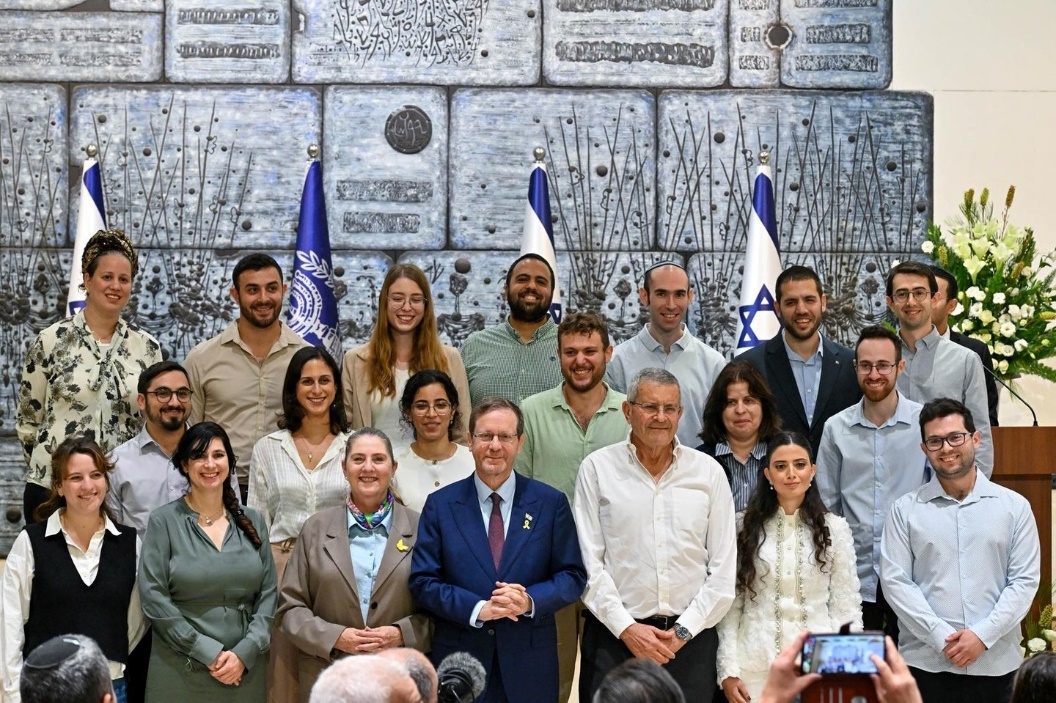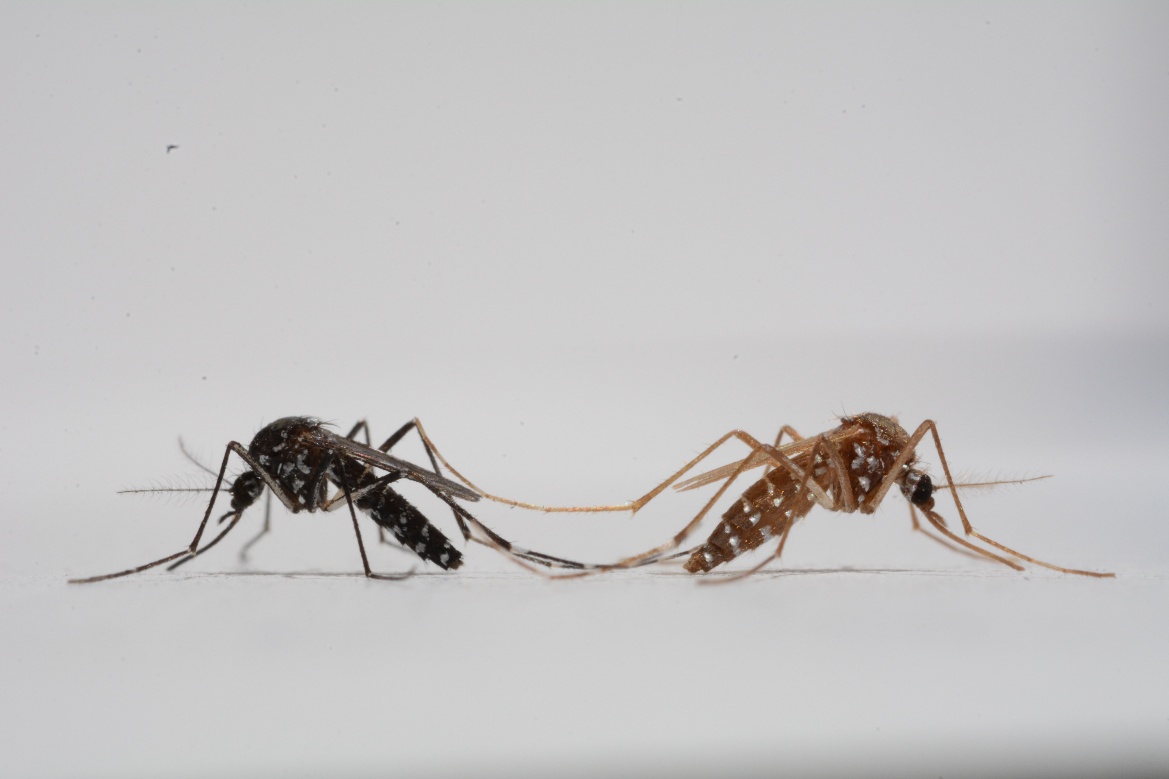
January 13, 2025 – A new study published in PLOS ONE explored the decision-making processes of early hominins between 1.6 and 1.0 million years ago in the Ethiopian highlands. The international research project, spearheaded by Prof. Erella Hovers and Dr. Tegenu Gossa from the Institute of Archaeology at the Hebrew University of Jerusalem and led by Dr. Eduardo Paixão from the University of Algarve, examined how early humans selected and used various types of rocks as percussive tools. The findings shed light on the cognitive and adaptive abilities of early toolmakers and their interactions with natural resources.
The research focuses on the archaeological site of Melka Wakena in the Ethiopian highlands, one of the earliest known sites of human occupation in high altitudes. Evidence suggests that early hominins made strategic choices based on factors such as rock suitability, durability, and efficiency. Melka Wakena’s unique high-altitude setting offers valuable insights into how early humans adapted to challenging environments. Using advanced digital imaging techniques, including 3D scanning and photogrammetry, the research team produced highly detailed models that show the effect of use on the stone tools. These models enabled precise analysis of wear patterns and surface alterations, revealing that raw material properties significantly impacted these alterations, even under identical usage conditions. The findings suggest that early hominins carefully evaluated material properties when crafting tools, demonstrating a remarkable degree of technological foresight and adaptability.
Prof. Erella Hovers commented, “Our findings suggest that early humans were not just randomly picking up stones. They were making complex decisions about which materials would best suit their foreseeable needs, showing a high level of planning ahead and cognitive sophistication.”
The Melka Wakena site, currently being excavated by Prof. Hovers and Dr. Gossa, serves as a vital window into early Acheulian tool-making practices. The experiments were conducted in collaboration with the Laboratory for Traceology and Controlled Experiments (TraCEr) at Monrepos, Germany, and the Interdisciplinary Center for Archaeology and Evolution of Human Behavior (ICArEHB) at the University of Algarve. These interdisciplinary efforts have established a quantifiable baseline for understanding the technological decisions made by early Pleistocene hominins in Africa.
This research marks the first phase of an ambitious project aiming to deepen our understanding of early human technologies. Future studies will incorporate additional experimental and archaeological analyses to further explore the complex relationship between raw material selection and technological innovation.
By analyzing the interplay between raw material properties and tool production, the study provides valuable insights into the evolutionary origins of human ingenuity, offering a new perspective on the cognitive capabilities of our ancient ancestors.
The research paper titled “Exploring Early Acheulian Technological Decision-making: A Controlled Experimental Approach to Raw Material Selection for Percussive Artifacts in Melka Wakena, Ethiopia” is now available in PLOS ONE and can be accessed here.
Researchers:
Eduardo Paixão1,2,3, Tegenu Gossa3, 4, Walter Gneisinger2, João Marreiros2,1,5, Sören Tholen6, Ivan Calandra2,7, Erella Hovers3,8
Institutions:
1) ICArEHB – Interdisciplinary Center for Archaeology and Evolution of Human Behaviour, University of Algarve
2) Laboratory for Traceology and Controlled Experiments (TraCEr), MONREPOS –Archaeological Research Centre and Museum for Human Behavioural Evolution
3) Department of Prehistory, Institute of Archaeology, Hebrew University of Jerusalem
4) Department of History and Heritage Management, Arba Minch University
5) Institute of Ancient Studies, Department of Prehistoric and Protohistoric Archaeology, Johannes Gutenberg University
6) Tectonics and Structural Geology Working Group, Institute of Geosciences, Johannes Gutenberg University
7) Imaging Platform At LEIZA (IMPALA)
8) Institute of Human Origins, Arizona State University
Related articles
Tiny Viral Switch Offers Hope Against Drug-Resistant Bacteria
December 22, 2025 – A new study from the Hebrew University of Jerusalem (HU) reveals how viruses that infect bacteria, called bacteriophages or “phages,” use a tiny piece of genetic material to hijack bacterial cells and replicate themselves. The research reveals that a very small
The Hebrew University of Jerusalem Leads in President of Israel’s Scholarships for Scientific Excellence and Innovation
December 22, 2025 – The Hebrew University of Jerusalem (HU) has emerged as the leading institution among recipients of the President of Israel’s Scholarships for Scientific Excellence and Innovation, with six outstanding doctoral candidates selected in 2025for the prestigious national
Spot the Males: New Gene-Editing Method Could Transform Mosquito Control
December 22, 2025 – A new study led by Doron Zaada and Prof. Philippos Papathanos from the Department of Entomology at the Hebrew University of Jerusalem (HU) introduces a powerful genetic approach for separating male and female mosquitoes, an essential step for large-scale mosquito





